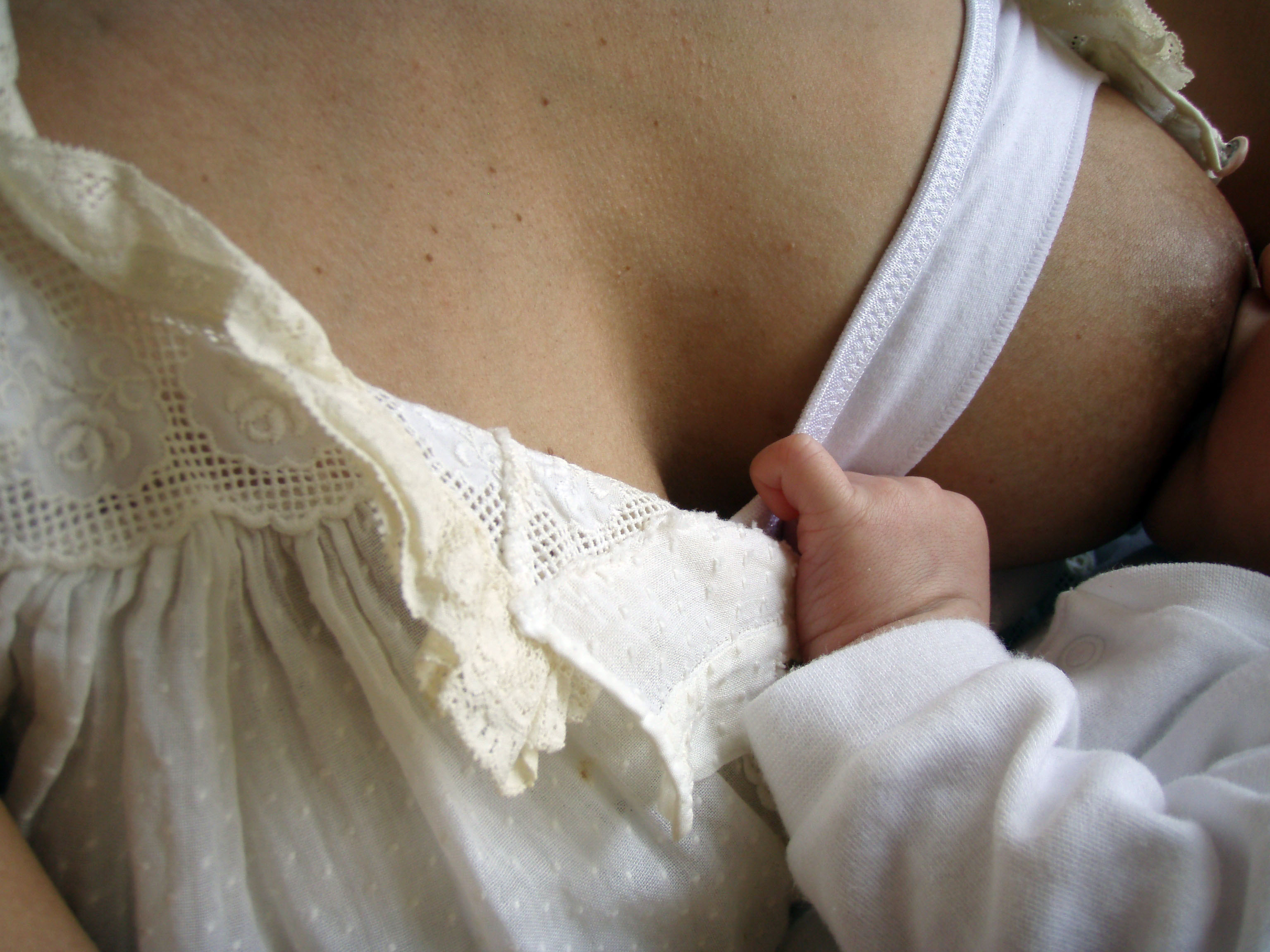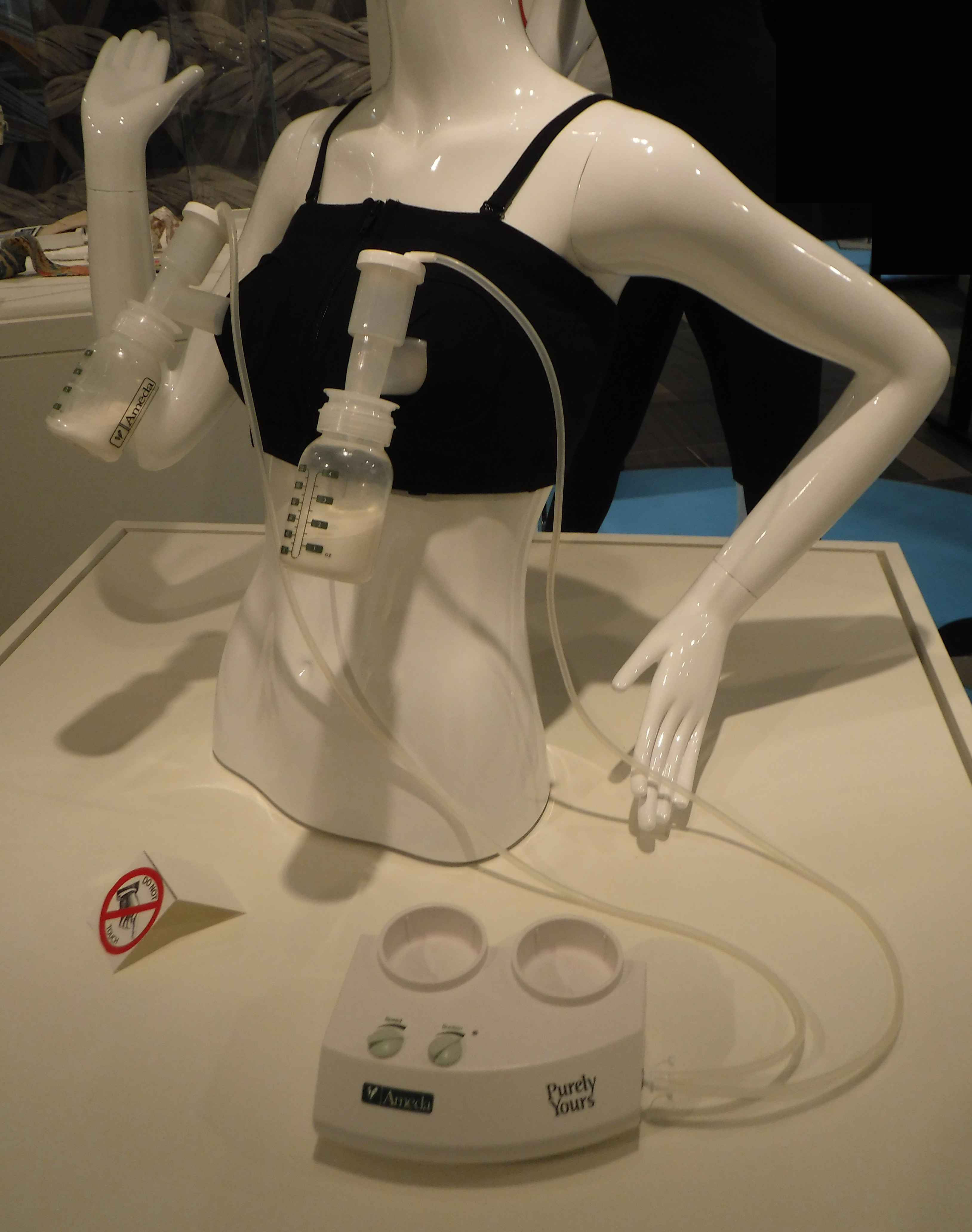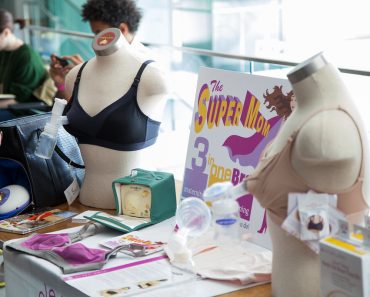A nursing bra is a specialized garment for the breasts worn by a new mother while breastfeeding or during pregnancy. It differs from a normal bra that it has a latch to expose the nipple quickly and simply while feeding your child. They also provide additional support to overfilled breasts, which might be heavier than usual. The size and fit, as well as how it opens and the material, should all figure into your selection of a nursing bra.

Choosing a Nursing Bra for Your Mother
The cups of a nursing bra should be able to open and shut. When picking out a nursing bra, consider how it opens and closes. Some snap, zip, and hook while others simply push the cup to the side. Many mamas like bras that may be opened with one hand because they allow you to hold your baby with the other.
The fit: If your nursing bra band is too small, it might contribute to plugged ducts or mastitis. It may also cause painful breasts, so getting the perfect fit is critical.
The best approach to getting a bra that fits properly is to go into a store and have it done. To discover the ideal size for you, the salesperson will measure your bust line and underbust. Some online bra retailers have directions on how to do this in order to accommodate personal preferences.
Buying a bra in a store first is one method, according to some sources. Then, after you’ve found the right fit at the shop, you may buy more of the same type online. Experts also recommend buying only one or two nursing bras throughout pregnancy. Your breasts will change once you give birth, but for the first few weeks, you’ll need at least two bras. After that period has passed, you might want to purchase additional ones in a different size.
Material: Cotton is one of the most popular materials for nursing bras. These textiles are more breathable than synthetic fabrics. Natural textiles are also more absorbent in the event of leaks. Synthetics can retain moisture for longer, which may lead to discomfort.
Cup style: A bralette or soft cup bra is usually superior to an underwire bra when it comes to nursing. An underwire can cause discomfort or clogged ducts, as can the pressure put on your breasts by an overbust band.

How to Wear a Nursing Bra Comfortably
Don’t try to save money and go with a normal bra. It’s possible that lifting your typical underwire up over your breast while feeding may be painful, and it can cause harm. Furthermore, regular bras aren’t built with additional support for breasts that are extremely full. A nursing bra is ideal for breastfeeding moms. Here are some things to think about when using a nursing bra:
Wearing something simple and comfortable is a must: You may not want to wear a nursing bra much during the first few weeks of your baby’s life while you are still getting used to nursing. Women who have big breasts or suffer from engorged breasts, on the other hand, might find it more convenient to put on something modest that can be pulled down easily at this time.
Use high-quality nursing pads: You may also want to use a nursing pad, even after the first few months, if you wear your bra. This is a tiny absorbent pad that fits in front of your nipple and absorbs any leaking breast milk. It keeps you more comfortable and cuts down on the amount of laundry you have to do if you have a breast milk leak.
Prepare for the hospital: For when the baby arrives, pack your nursing bras in your hospital bag. After your little one has come, you’ll want to practice utilizing them while you have assistance at the hospital.
Stretchy material: If your breasts become engorged after you have a kid, they may grow larger. Nursing bras with some give provide more space when you need it. At night, this can be beneficial.
Nursing tanks are another alternative: There are nursing tank tops, as well as nursing tank tops with detachable straps or openings for removing the breasts for feeding quickly. An internal shelf bra provides support. Some women feel that these bras are more comfortable than nursing bras.
Get help: Contact a lactation specialist if you’re having trouble locating the correct nursing bra type for you. They can identify the source of the problem and assist you in selecting the one that is appropriate for you. They may also aid with any other lactation or nursing concerns.


